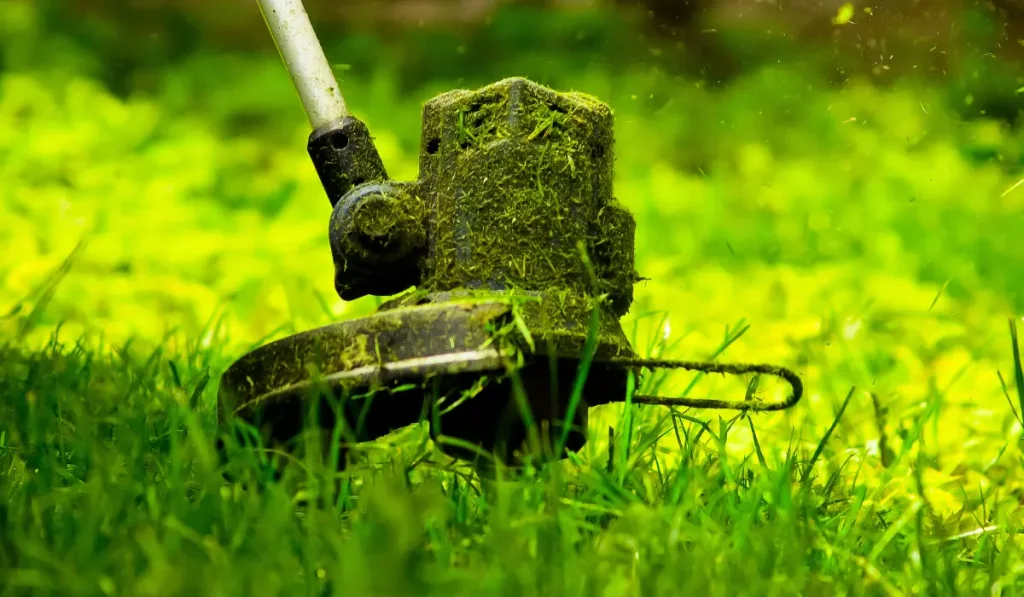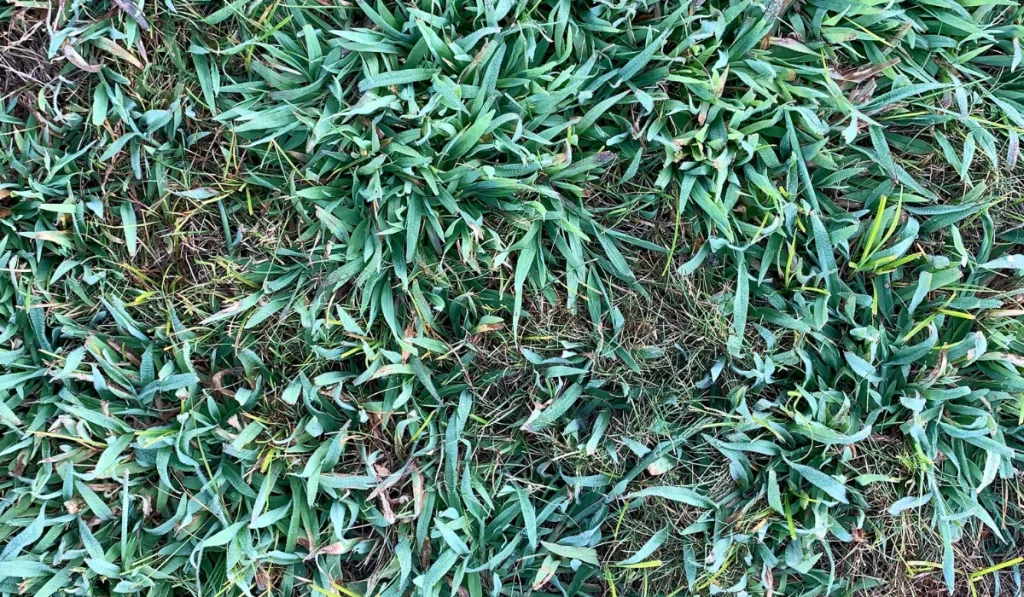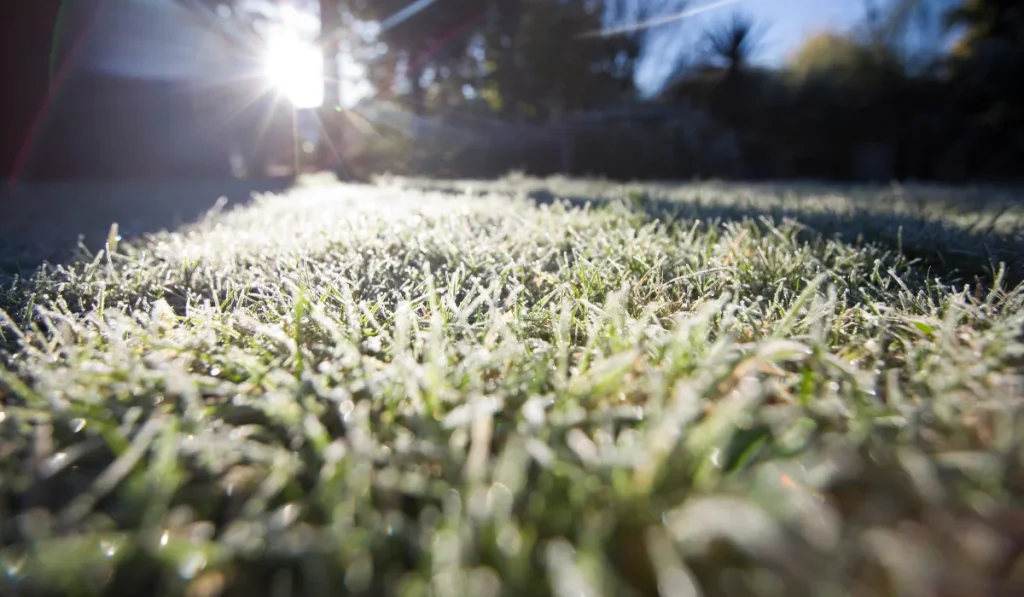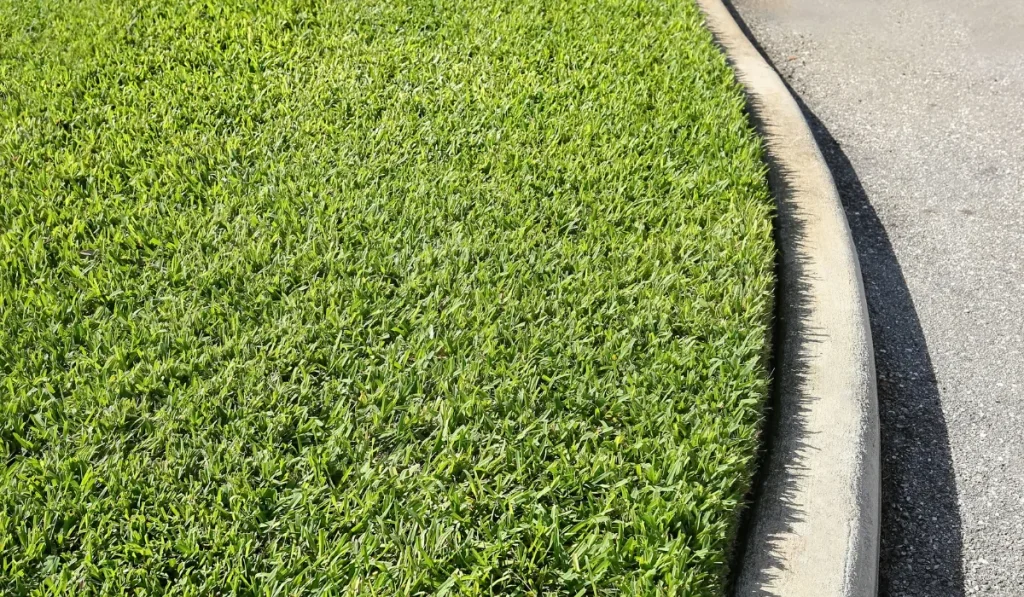A wet lawn is not one that’s fit for mowing. But what do you do when a storm is coming, and your grass desperately needs a trim? It’s a good idea to cut grass before a storm regardless of where you live, but it can be especially helpful in areas like California, where rainfall is often heavy and long-lasting.
California saw record-breaking summer rains in 2023, and the outlook for winter and spring 2024 promises plenty more. Experts believe the wet season will bring damper and warmer weather than usual, noting that residents should be prepared for possible floods.
The developing El Niño is another factor to consider; the tropical storm is predicted to either be “strong” or “historically strong,” further increasing Californian homeowner’s chances of navigating heavy rainfall in the coming months.
All this is to say that preparing for upcoming storms is a key part of lawn care for California residents. Your lawn mower blades likely can’t hold up to a wet lawn the way you’d like them to — that’s why it’s better to get ahead of the storm (literally) and cut the grass ahead of time.
Key Takeaways
- California homeowners can expect plenty of rain in the winter and spring. Cut your grass before a storm starts to make cleanup easier.
- If the storm has already started, wait until after the rain stops to mow the lawn. Ensure the grass and ground are dry before you get started. You should be able to walk across your lawn without wetting your shoes.
- It may take a few hours, a day, or even a week for the grass and ground to dry enough for mowing. Consider this potential delay when caring for your lawn so you’re not caught off guard.
Cutting Grass Before a Storm
It’s smart to give your lawn a good mowing before a storm so you can save yourself time and stress. Storm cleanup is a lot easier when your grass is short and healthy. Plus, your lawn may take a while to dry off enough to be cut once the storm passes. That extra time can cause your grass to grow well past its ideal cutting height, creating more headaches for you down the line.
Why You Don’t Want to Cut Wet Grass
While it might throw you off your normal mowing schedule, cutting your grass before a storm is essential. Cutting wet grass isn’t a good idea, even if you’re willing to brave the rain. You won’t be able to easily achieve the results you’ve come to expect. Mowing wet grass poses risks for you, your lawn, and your mower alike.
1. Your Lawn’s Health
Wet grass is heavy grass. It’s also grass that easily clings to unwanted pathogens and weed seeds, both of which you might spread to your lawn if you mow it while wet. Many lawn diseases develop and spread more commonly during periods of frequent moisture. Likewise, wet weed seeds have an easier time spreading and settling into the soil, potentially leading to larger infestations than you might otherwise experience.
2. Clogs and Clumps
Wet grass clippings can and almost certainly will clog your lawn mower. As a result, wet grass can make your lawn mower choke and spit out hard-to-manage clumps. Not only do they look out of place, but these clumps can sit on your lawn and smother the grass they cover, leaving behind brown patches or dead spots.
Most home lawnmowers aren’t designed to tear through wet clumps of grass. Their blades can’t cut cleanly if the grass is damp and slippery. And since they can’t cut properly or keep grass from bunching up, mowers used for wet grass will need to be cleaned often.
3. Unsightly Wheel Ruts and Torn Lawns
When soil becomes saturated with rain, it tends to get soggy. Running a mower over this soggy and squishy earth can create wheel ruts in your lawn. Mowing wet grass also increases your risk of accidentally tearing up chunks of your lawn.
If wheel ruts and obvious lines or missing chunks on your lawn aren’t bad enough, uneven cuts will likely sway you away from mowing too soon. Wet grass tends to lay down or bend over, which makes it hard to get a clean cut throughout the area. You will likely notice uneven or patchy spots when the grass dries and inevitably pops back up.
4. Increased Risk of Slips
Wet grass is slippery, plain and simple. Your odds of slipping or falling while pushing a running mower go up as the precipitation does. This is especially true if your lawn is sloped.
When Is the Best Time to Cut Grass After a Storm?
The best time to cut your grass after a storm is when the lawn is dry enough to walk through without getting your shoes wet. In other words, when both the grass and ground are mostly dry, it’s safe to start mowing again.
Your lawn doesn’t need to be bone-dry to be taken care of. Some slight dampness is okay. If you’re unsure when to make the call, look closely at your lawn. If the grass blades are bent over or flat, they’re probably too wet to mow. But if they’re perking back up or standing tall, you should be good to go.
The time it takes for your lawn to be mowable after a storm depends on your climate. The warm, dry California air and plenty of sunlight mean lawns usually take only about a day (or sometimes several hours) to be mower-ready. But if rainfall lasts several days, it might take longer for things to settle down.
It’s usually better to err on the side of caution if you’re not sure whether to cut the grass. Longer grass is almost always better to deal with than wet grass. However, if you absolutely must cut wet grass, raise your mower height to cut down on the clippings you pick up. It’s also wise to mow in smaller sections, so you cut grass at a more manageable, controlled pace.
Other Tips to Prepare Your Lawn for a Storm
Keeping your yard storm-ready is an important part of winter and spring and lawn care for homeowners in California. If you know a storm is coming, you can take steps like those below to protect your lawn and home.
- Secure any recently planted trees and items. Trees are a potentially large source of damage during a storm, especially one with high winds and heavy rainfall. Young trees, in particular, are vulnerable to the elements. Make sure the stakes in any recently planted trees, if your yard has any, are secure and driven deep into the ground. This is also a good time to secure loose items or other large plants.
- Visit your garden and pick harvestables. Strong winds and inches of rain will likely destroy any veggies, herbs, or flowers hanging out in your garden. Take some time to harvest anything you want to keep safe ahead of time.
- Check your gutters. When your gutters are packed with leaves, debris, and other buildup, they can force water under your shingles. This can quickly become a problem, especially if the storm lasts for hours. Make sure your gutters and roof are in good shape before the rain starts to keep your home dry.
- Aerate your lawn. Without proper drainage, rainfall can easily cause flooding in your yard. Aerating your lawn can help. This process breaks up compacted soil and allows air, water, and the nutrients your lawn needs to reach grass roots.
All in all, planning wisely and keeping your eye on the weather forecast should help you maintain a happy, healthy lawn, even during the rainiest parts of the year.



